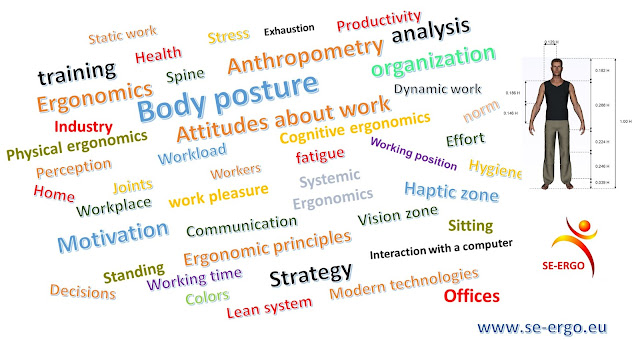Be one step ahead of the others ...
Increase your target group with an additional value by the ERGO-FRIENDLY Certificate.
Ergonomic muscle-bone disorders are the fastest growing among all the categories of diseases. They account for 56% of all diseases, and 90% of the population have frequent spinal problems. Show your customers that you take care of their back, shoulders, neck, ankles ...
Call our team to make a short ergonomic assessment. In order to obtain a certificate it is necessary that the equipment, the interior of your hotel (restaurant, cafe) or your product meet at least 50% of the ergonomic principles and standards.
What are the benefits?
- The analysis was carried out by a neutral expert team of ergonomists.
- The certificate is a valuable instrument for increasing your customers' loyalty. It shows that you care about their health.
- You distinguish yourself from the competition.
- You get new customers in a new way.
Contact Information
INTERNATIONAL ERGO-FRIENDLY
SE-ERGO
Email: ergofriendlyinternacional@gmail.com
agencijaseergo@gmail.com





